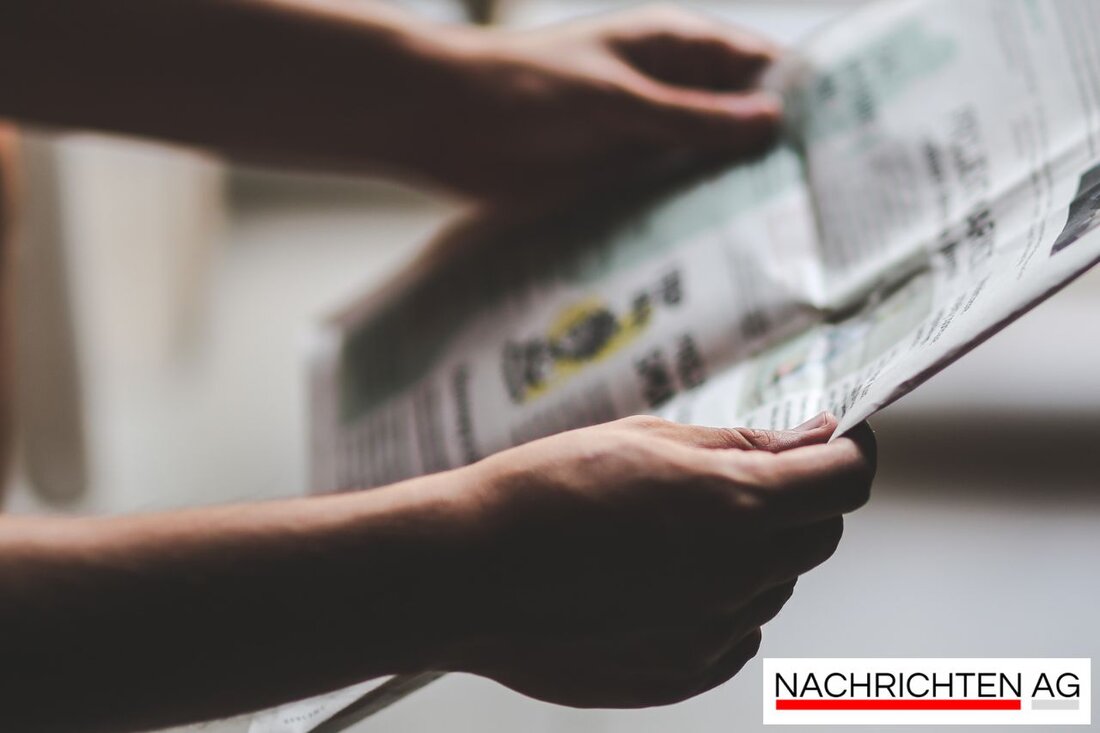Berlin's government district: garbage and art scene in a miserable condition!
Discover Berlin's art scene and the condition of the government district: a bear in the costume, light installations and decay.

Berlin's government district: garbage and art scene in a miserable condition!
in the heart of Berlin, at the square of the Republic, a worrying scene is shown. A man in a bear costume sits on a parking bench opposite the famous Reichstag building. His dirty fur does not attract the attention of passers -by, but rather leads to a negative reaction. People avoid the small artist, and the general grievance reflects the state of this central tourist attraction. Weeds, red-white flutter tape and empty glass bottles shape the image, while the building in which the German Bundestag is based also suffers from this neglect, such as the Berliner Zeitung reported.
This unfortunate situation has a contrast to a current art event that takes place on the west facade of the Reichstag building. On the occasion of the 30th anniversary of the covering of the building by Christo and Jeanne-Claude, a light installation is shown. Since June 9 and for a total of twelve nights, the facade has been wrapped in a silvery-bright robe. The initiative uses parliamentary days so as not to disturb ongoing operation. 24 high-performance projectors are used to keep the celebration for Berlin, democracy and art alive, while the rbb24
art in public space: a picture characterized by annoyance
While the light installation is booming, the general state of art in the public spaces is not only spectacular, but also worrying. Jörg Johnen has evaluated the art landscape of Berlin and criticizes the multitude of inconspicuous installations and the rotting state of some works. According to his observations, art in the eastern half of Berlin blends in much better into the street scene, while many works in the city fall and are no longer perceived, as the Welt determined.
The selection of the materials has changed in recent years. Artists are increasingly using steel, plastic and neon tubes instead of marble, which is considered expensive. Unfortunately, this leads to a lack of appealing works of art in public space. Johnen emphasizes that a contemporary artificial version in Berlin is often not sufficient; It takes more courage to monumality and appealing design to really enrich public space.
insights and views
The 1987 sculpture boulevard was once an attempt to establish street art, but many of the works of the art at that time remained inconspicuous and not remarkable. Johnen recommends storing some of these works in depots at times so that they can be serviced and restored to improve the quality of art in public spaces. New initiatives such as the "unit rocker" could help open Berlin to future art forms.
In a urban space that is characterized by neglect and unhappily placed works of art, the importance of art for discussions and community seems to be important now. While the light installation of the Reichstag building acts as a festive element in public space, the future of Berlin's art of street remains uncertain.

 Suche
Suche
 Mein Konto
Mein Konto
